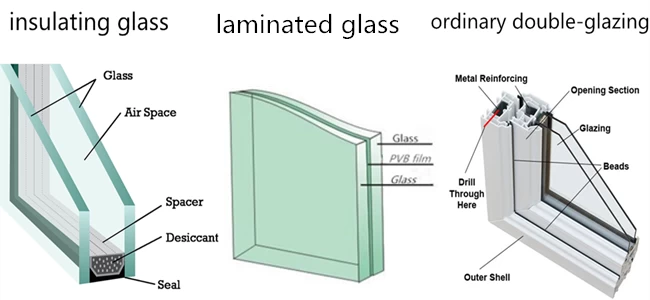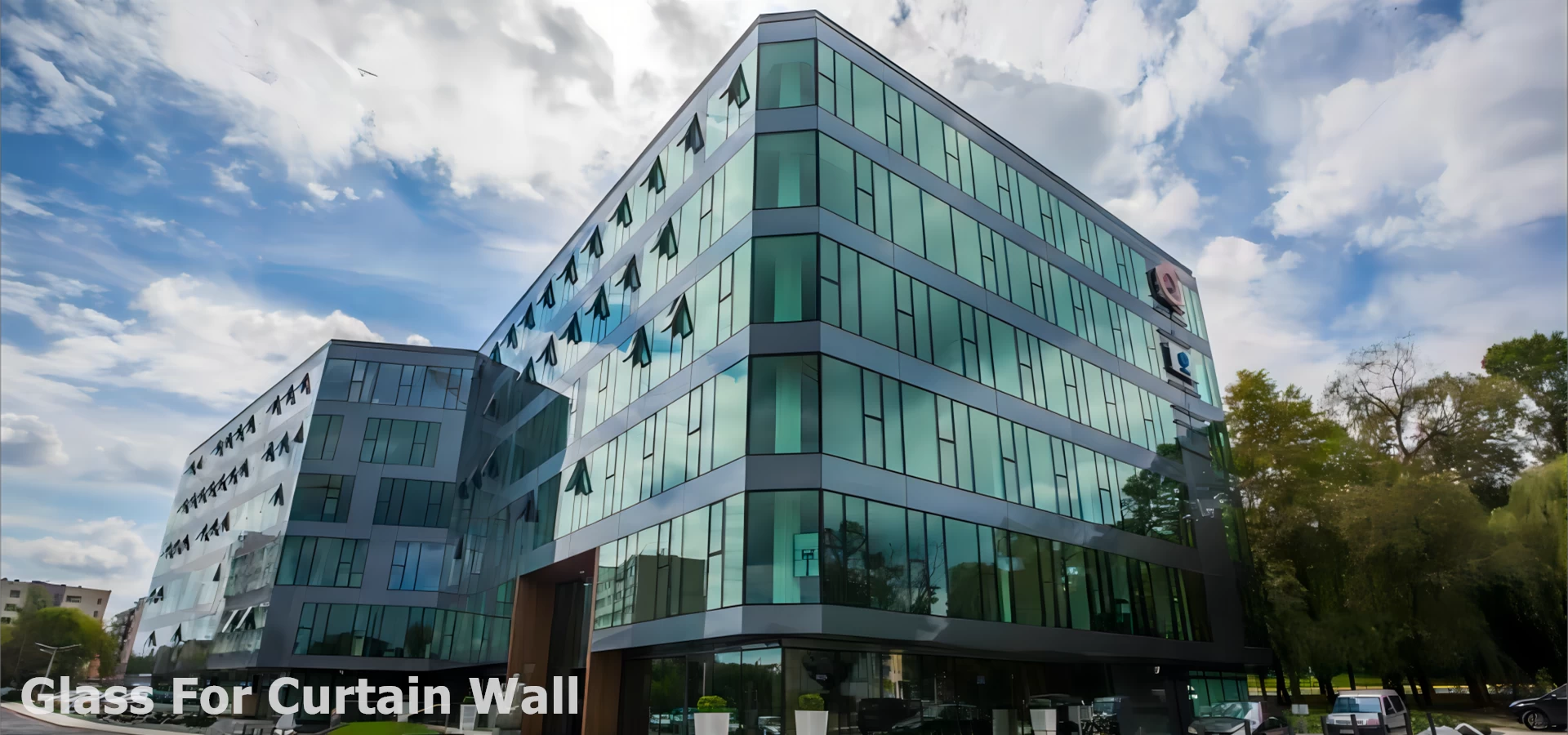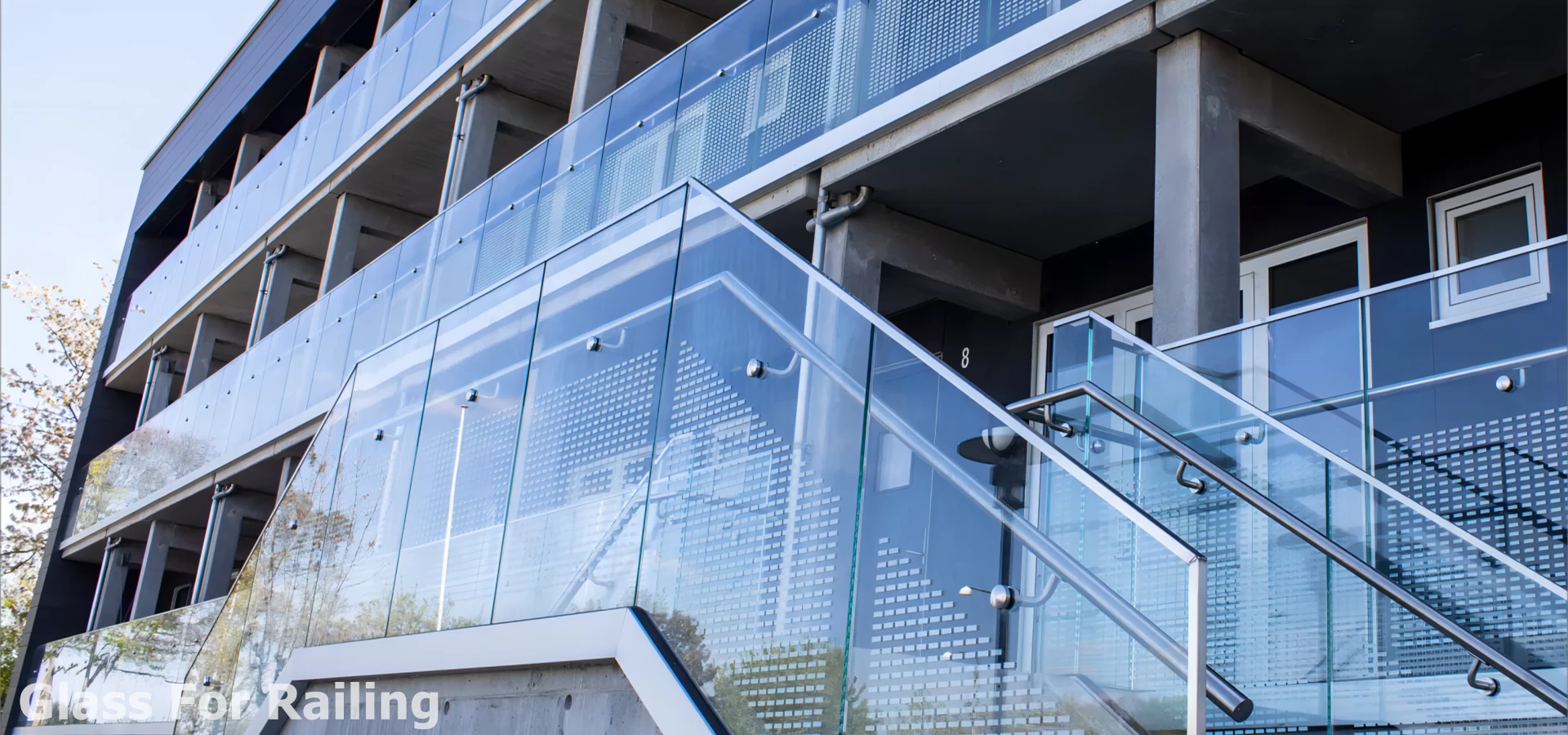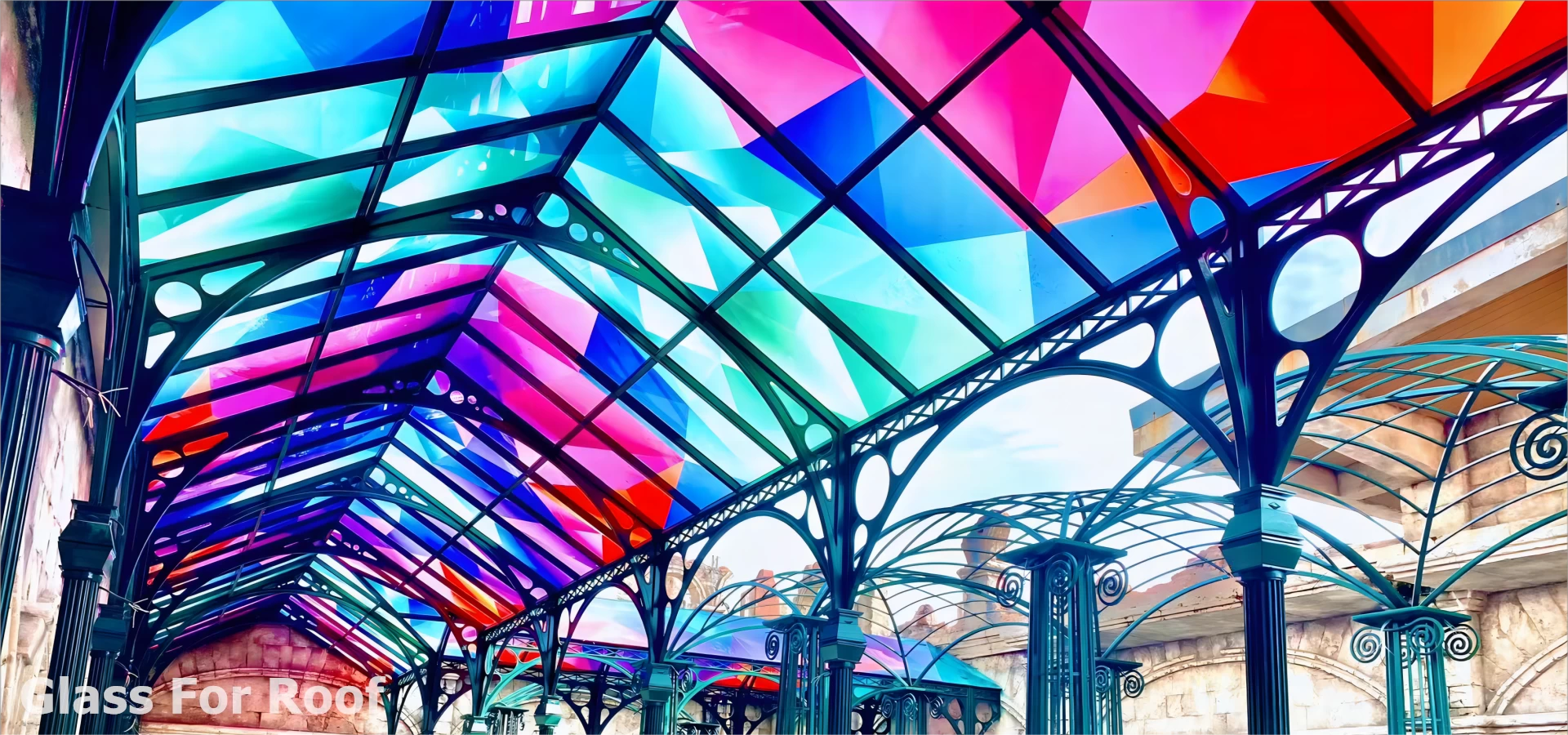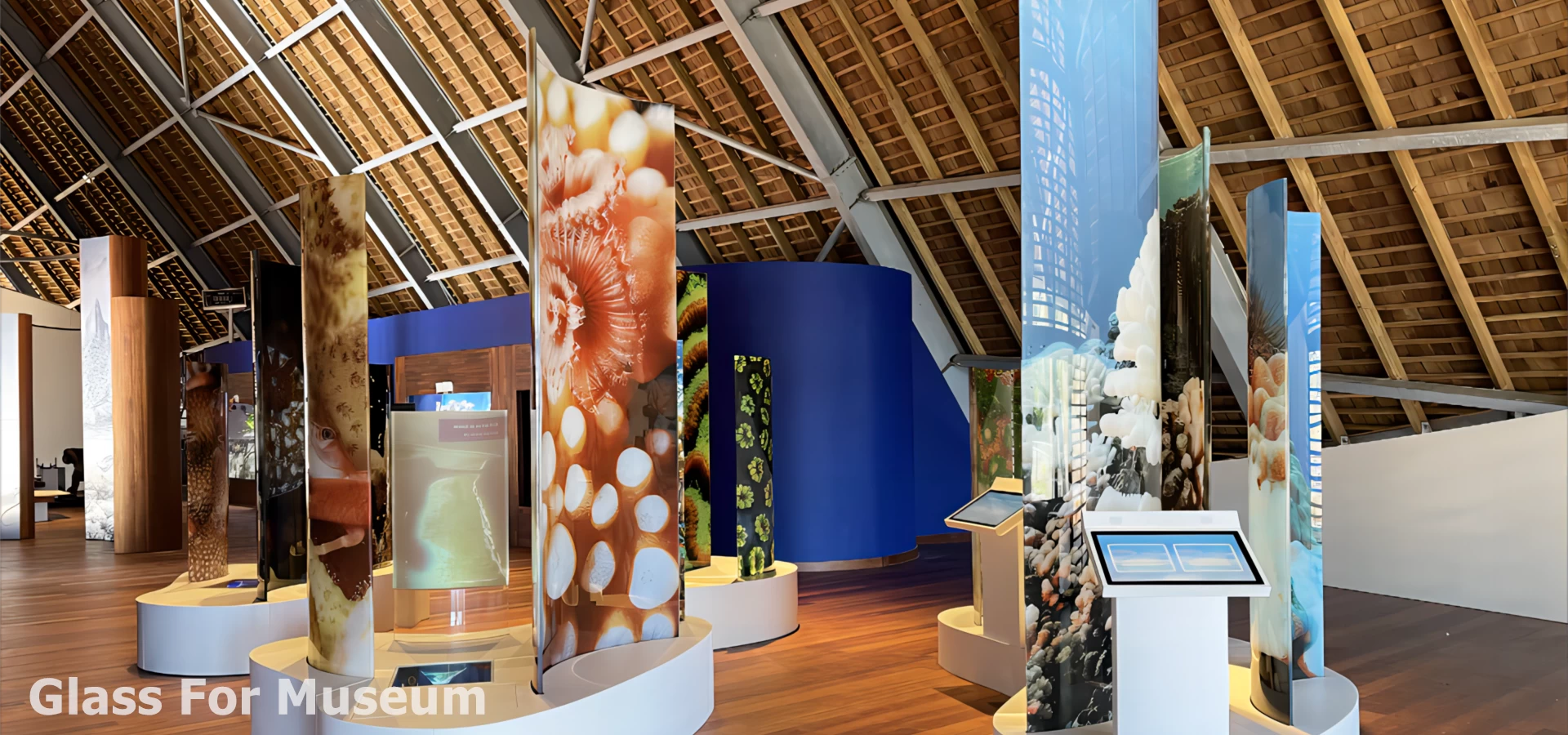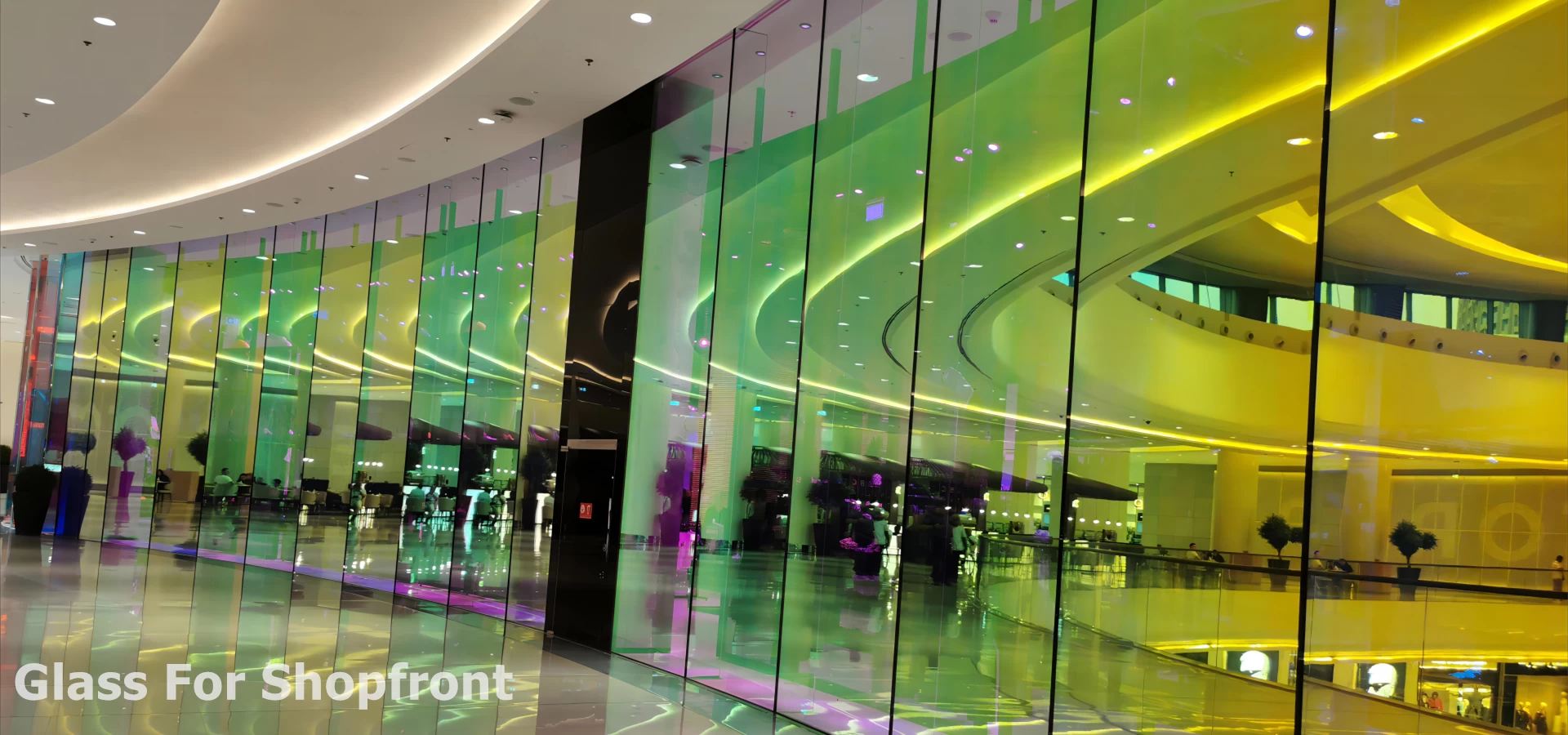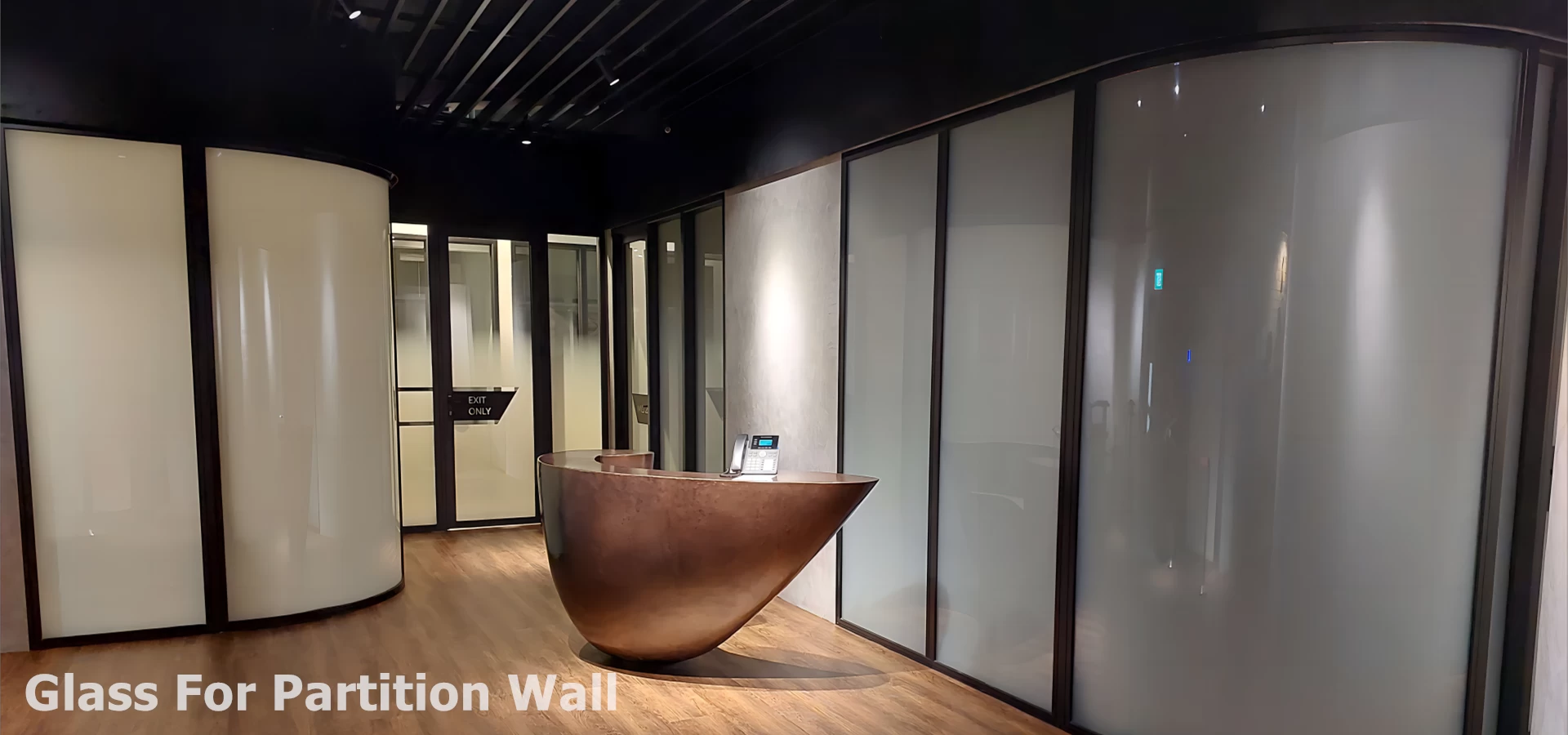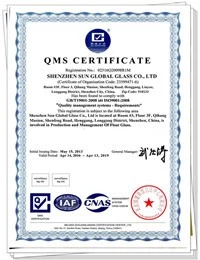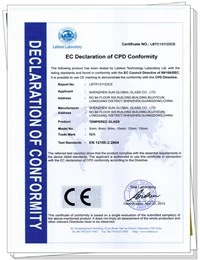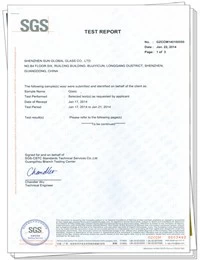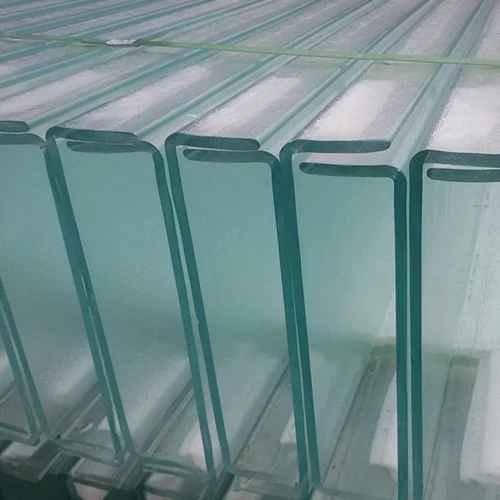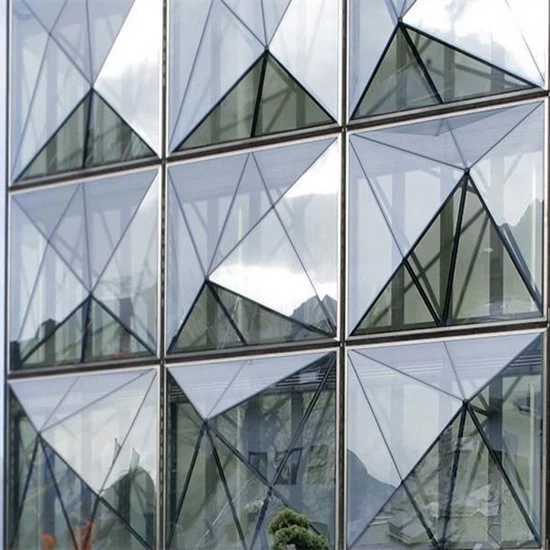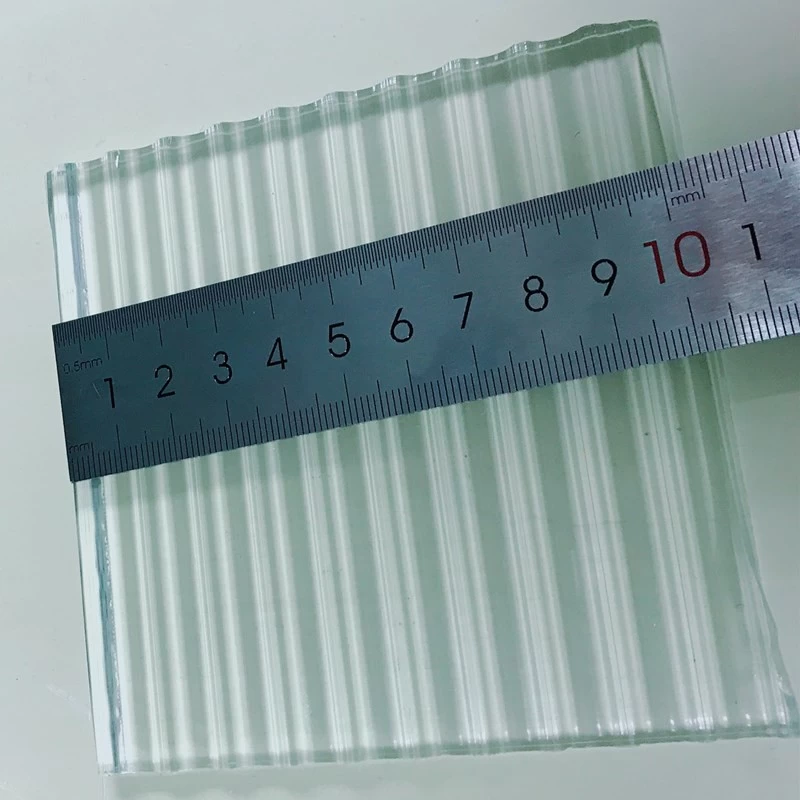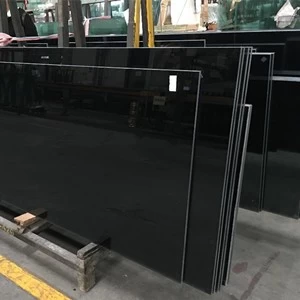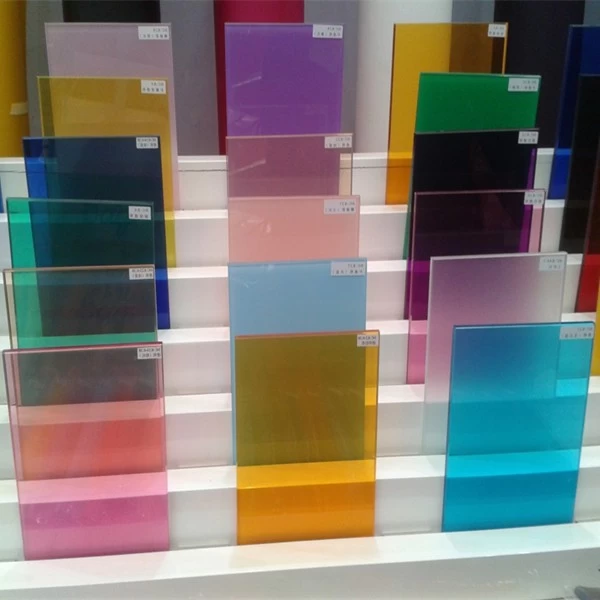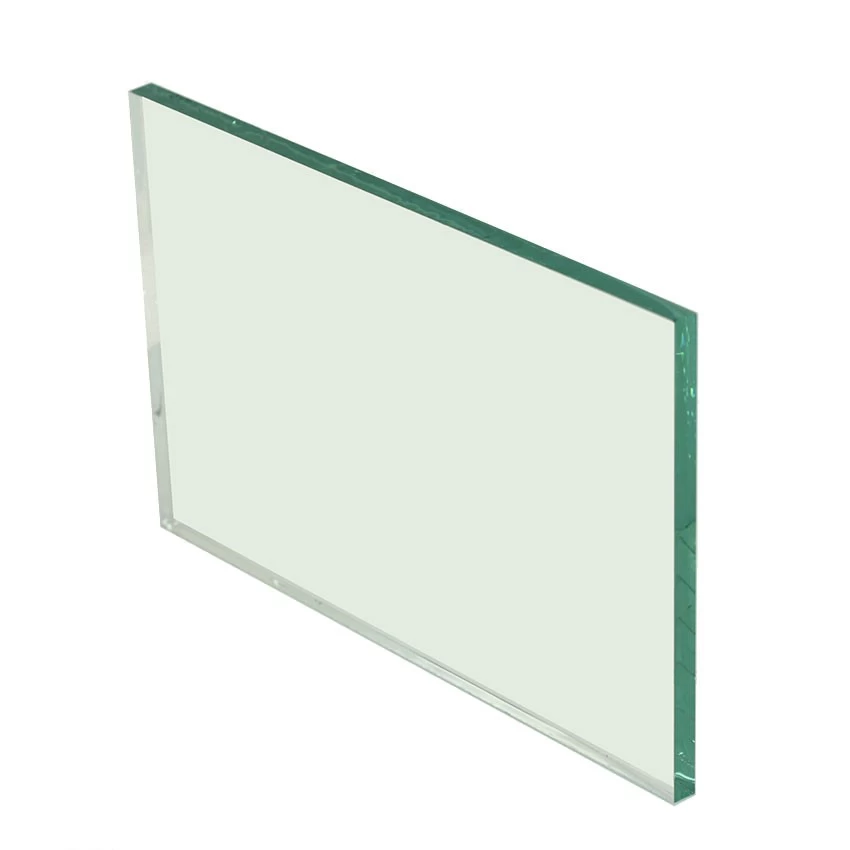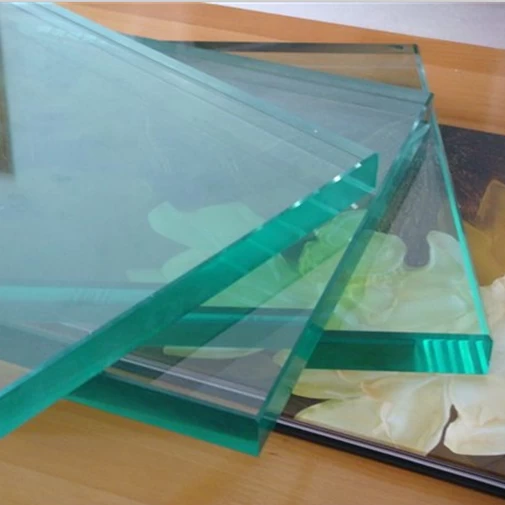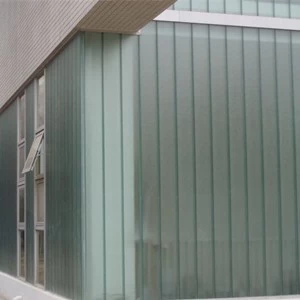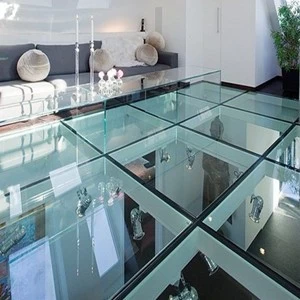How to distinguish between the insulating glass, sandwich glass and ordinary double glass?
SHENZHEN JIMY GLASS CO., LTD.
original
2016-11-03 15:52:10
The difference between laminated glass and insulating glass
1. Sandwich glass (laminated glass), that is, between the two glass folder into a layer of PVB interlayer.
1. Sandwich glass (laminated glass), that is, between the two glass folder into a layer of PVB interlayer.
Even if the glass been broken, the debris glass surface remains clean and smooth. Which effectively
prevent the debris and piercing through the fall incident, to ensure personal safety.
2.Hollow glass (insulating glass) between the glass and glass, leaving a certain cavity. Therefore, has a
good thermal insulation, heat insulation, sound insulation and other properties. If filled with a variety of
diffuse light material or dielectric between the glass, you can get better sound control, light control, heat
and other effects.
Difference between Insulating glass and ordinary double - glazing
Insulating glass is composed of two or more pieces of flat glass, with the surrounding frame separated, and sealed with a sealant, to make the layer formed with dry gas space between the glass. Have to note that the edge of the insulating glass is sealed with a sealant, the hollow glass cavity filled with dry air or inert gases, this part of the gas is long-term sealed in the cavity, couldn’t convection with the outside air , therefore, the heat on both sides of the Insulating glass will not because of the gas between the glass convection to been take away the heat. On the other hand, air is the poor conductor of heat, and the two layers of glass separated by a sealing gas are less heat conduction to each other, thereby has a good heat insulation effect. In addition, when the insulating glass appear large temperature difference on both sides, because of a piece of glass only feels the one side’s temperature, both side of the single panel glass surface will not big difference in temperature. Therefore, when the temperature difference between the inside and the outside of the insulating glass is not particularly large (≥100℃), not frosting, no condensation. Besides,it should be noted that the Insulating glass is not a vacuum glass, hollow glass cavity gas pressure basically consistent with the outside world, or else very easy to cause the glass broken.
From above explanation, there are essential differences between the Insulating glass and ordinary double - glazing. The most essential difference between of them is the former seal, the latter which is not sealed. It is due to the double glazing is not sealed to let the dust, moisture easy to enter the glass cavity, water vapor encounter cold is frosting, into condensation by heat, the dust attached on the inside surface of the glass can never remove, after installation and used soon been making the glass a fuzzy, filthy. Of course, double-glazed partly also be sound insulation,thermal insulation,but the performance far cry from the insulating glass.
Double glazing and insulating glass common performance characteristic: with good heat insulation , sound insulation, thermal insulation, anti-condensation, reduce the cold radiation and safety performance, energy saving, is first choice for the energy-saving glass.
Insulating glass with insulation energy, sound insulation and anti-condensation, anti-frost function. Even if the outdoor temperature is below -30℃, while the indoor temperature of 18℃, relative humidity to 85%, in the interlayer will not frost and influence the sight and lighting.
Ordinary double-glazed glass and insulating glass has essentially different, the most essential difference is the ordinary double-glazed surrounding not seal, which will make the air in the interlayer with humidity, create convection with the outside air ( indoor and outdoor). Indoor and outdoor air and glass interlayer convection current will cause condensation and frost, affects the line of sight and lighting, when the temperature rises, the inside surface of the glass frosted turn into water , causing fluid accumulation on the bottom of the interlayer. Secondly, suspended particles in the air, dust in the interlayer inside and outside the convection inevitably be brought into the interlayer adhesion in the glass surface, as time passes will pollute the internal surface of glass, hardly to cleaning. Ordinary double glass has two advantages: First, the price is cheap; Second,in the same specifications and conditions, the ordinary double-glazing thermal conductivity slightly lower than the insulating glass, to the benefit of heat insulation, thermal insulation, keep warm.
